5 Exercise Mistakes to Avoid During Menopause (and 5 Things to Do Instead)
Getting into or staying in shape can feel like an uphill battle for many people, especially women going through menopause. Due to hormonal imbalances, what worked for you when you were in your thirties or forties likely won't rear the same results in your fifties. Niki Wibrow is a fitness and health influencer who specializes in content for over 50 women going through menopause. In a recent Instagram post, she revealed a few key takeaways. "Exercising during menopause is beneficial for managing symptoms and promoting overall health. Here are some dos and don'ts to consider," she writes.
DO: Strength Training

Her first Do is to focus on strength training. "Incorporate weight-bearing exercises like lifting weights, resistance bands, or body-weight exercises to maintain bone density and muscle mass," she recommends.
DO: Cardio

Her second Do is to incorporate cardiovascular exercise into your life. "Activities like walking, cycling, swimming, or dancing can improve cardiovascular health and help manage weight," she writes.
DO: Flexibility and Balance Exercises
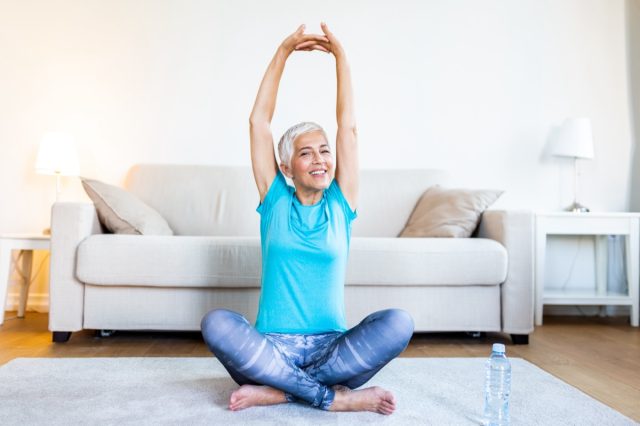
Next up she recommends practicing flexibility and balance exercises. "Yoga, Pilates, and tai chi can improve flexibility, balance, and reduce stress," she writes.
Do: Listen to Your Body
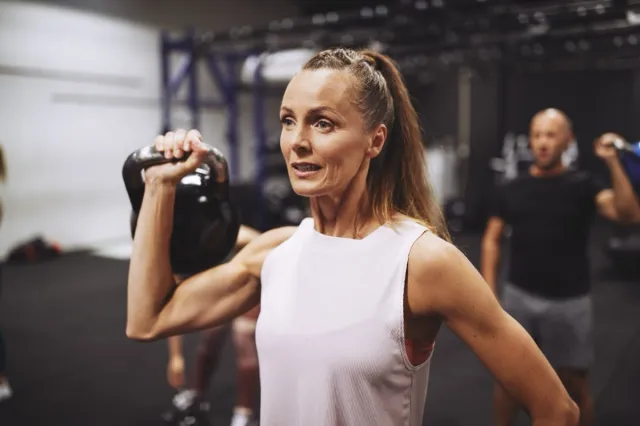
She also suggests listening to your body. "Adjust the intensity and duration of your workouts based on how you feel. Rest when needed," she says.
RELATED: I'm 50+ and These 7 Fat-Blasting Habits Keep Me in the Best Shape of My Life
DO: Be Consistent
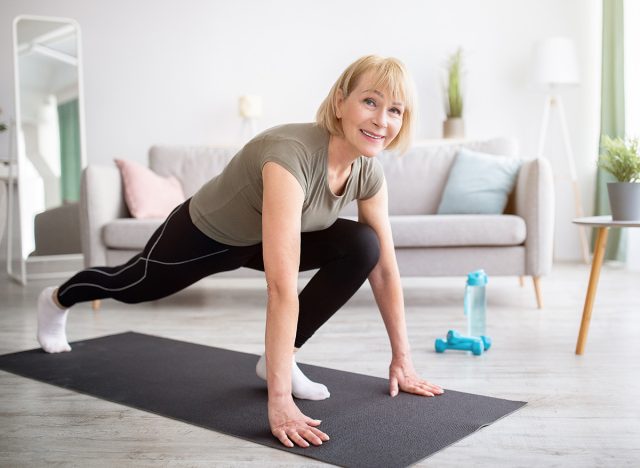
Her last Do? Prioritize regularity. "Aim for regular exercise, ideally at least 150 minutes of moderate-intensity aerobic activity per week," she writes.
DON'T: Do High Impact Exercises if Uncomfortable
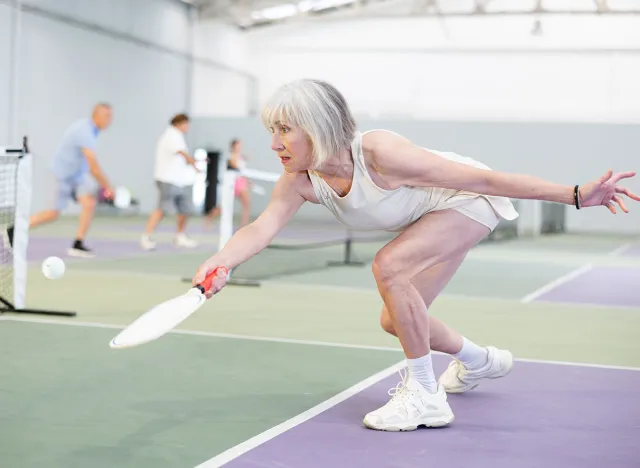
Her first Don't? Avoid high-impact exercises "if uncomfortable," she writes. "High-impact activities like running or jumping might be tough on joints and bones, especially if you have osteoporosis or joint issues."
DON'T: Ignore Pain

Next up, Don't "ignore pain," she stresses. "If you experience pain beyond normal muscle soreness, stop exercising and consult a healthcare professional."
RELATED: I Got Into the Best Shape of My Life at 50 by Following These 6 "Basics"
DON'T: Overdo It
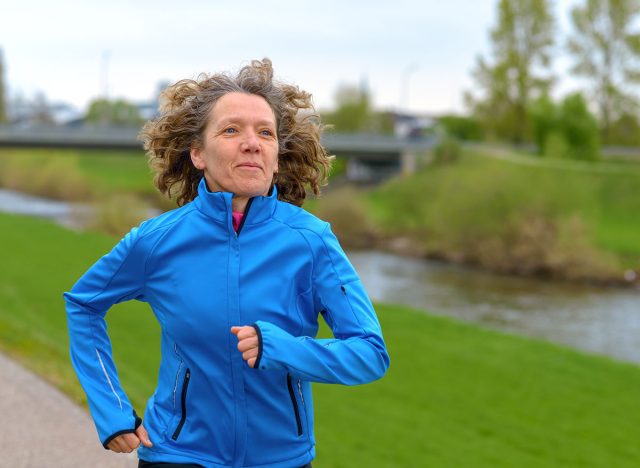
Don't overdo it, recommends Niki. Why? "Excessive exercise can lead to injuries and exacerbate menopausal symptoms. Balance intensity with adequate rest," she says.
DON'T: Skip Strength Training

Don't skip strength training, says Niki. "Neglecting strength training can lead to muscle loss and decreased bone density," she writes.
RELATED: The Number 1 Diet to Lose Body Fat, According to an Expert
DON'T: Overlook the Importance of Structure Workout Plans
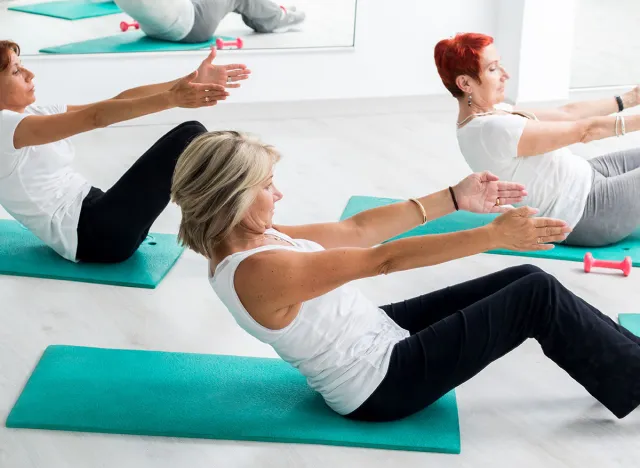
Last but not least, Niki says to avoid unstructured workouts. "A structured exercise plan ensures you're getting a balanced mix of cardio, strength, flexibility, and balance exercises," she states. And if you enjoyed this article, don't miss these 20 Superfoods for People Over 50.





